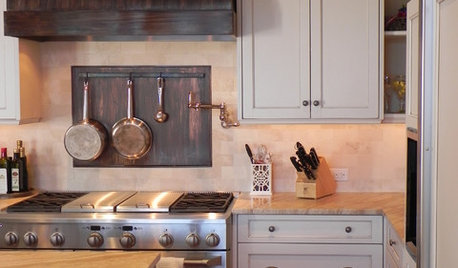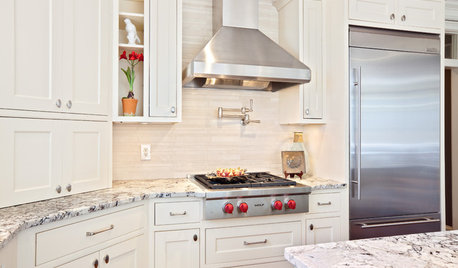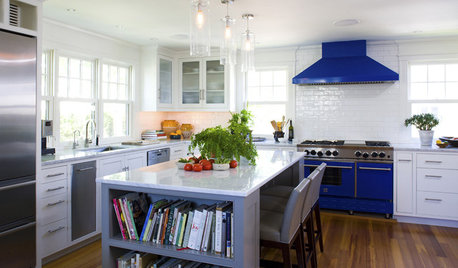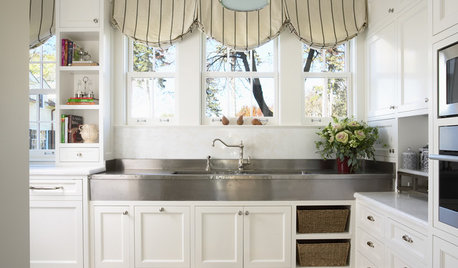Range Hood over 36" 6 burner gas range top
3ilovepie
9 years ago
Featured Answer
Comments (18)
klem1
9 years agoRelated Professionals
Arlington Kitchen & Bathroom Designers · Henderson Kitchen & Bathroom Designers · Leicester Kitchen & Bathroom Designers · Peru Kitchen & Bathroom Designers · Terryville Kitchen & Bathroom Designers · Andover Kitchen & Bathroom Remodelers · Athens Kitchen & Bathroom Remodelers · Chandler Kitchen & Bathroom Remodelers · Republic Kitchen & Bathroom Remodelers · Vienna Kitchen & Bathroom Remodelers · Highland Village Cabinets & Cabinetry · Lindenhurst Cabinets & Cabinetry · Lockport Cabinets & Cabinetry · Prospect Heights Cabinets & Cabinetry · Liberty Township Cabinets & CabinetryMrs_Nyefnyef
9 years agoHomeChef59
9 years agoChristyMcK
9 years agoeshmh
9 years agopractigal
9 years agomata
9 years agoMrs_Nyefnyef
9 years agoeshmh
9 years ago3ilovepie
9 years agoMags438
9 years agoeshmh
9 years agoHomeChef59
9 years agokaseki
9 years agoeshmh
9 years agoUser
9 years agoHomeChef59
9 years ago
Related Stories

5 Stunning Modern Range Hoods
Today's kitchen range hoods can look like sleek sculptures. Here's what to look for when you go shopping for one
Full Story
KITCHEN APPLIANCESWhat to Consider When Adding a Range Hood
Get to know the types, styles and why you may want to skip a hood altogether
Full Story
KITCHEN DESIGNHow to Find the Right Range for Your Kitchen
Range style is mostly a matter of personal taste. This full course of possibilities can help you find the right appliance to match yours
Full Story
HOUSEKEEPINGHow to Clean Your Range and Oven
Experts serve up advice on caring for these kitchen appliances, which work extra hard during the holidays
Full Story
KITCHEN BACKSPLASHESKitchen Confidential: 8 Options for Your Range Backsplash
Find the perfect style and material for your backsplash focal point
Full Story
KITCHEN DESIGNWhat to Know When Choosing a Range Hood
Find out the types of kitchen range hoods available and the options for customized units
Full Story
KITCHEN DESIGNHome Above the Range: Smart Uses for Cooktop Space
With pot fillers, shelves, racks and more, you can get the most function out of the space above your kitchen range
Full Story
KITCHEN DESIGNA Cook’s 6 Tips for Buying Kitchen Appliances
An avid home chef answers tricky questions about choosing the right oven, stovetop, vent hood and more
Full Story
KITCHEN DESIGNSo Over Stainless in the Kitchen? 14 Reasons to Give In to Color
Colorful kitchen appliances are popular again, and now you've got more choices than ever. Which would you choose?
Full Story
KITCHEN DESIGN8 Top Hardware Styles for Shaker Kitchen Cabinets
Simple Shaker style opens itself to a wide range of knobs and pulls. See which is right for your own kitchen
Full Story





shannonplus2